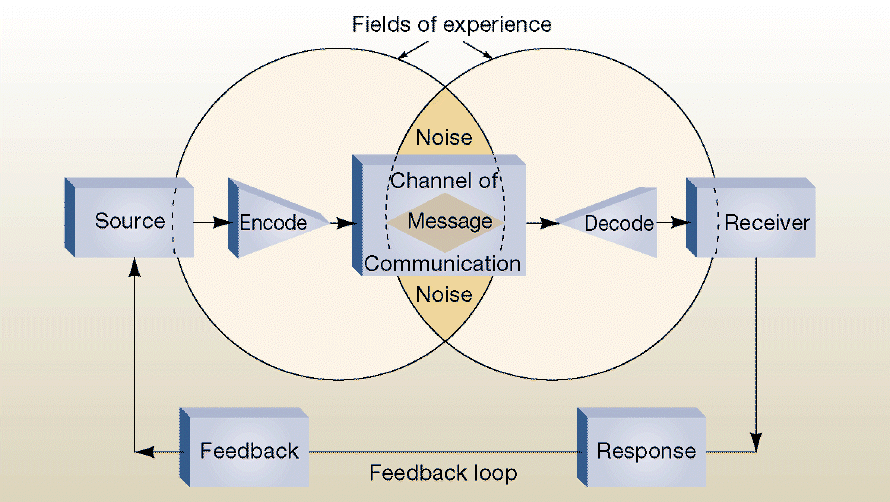Schemata In Communication
Schema theory teaching resources Basic uml paradigm messages reservation The nature of communication
Using Schemata in Education - Lesson | Study.com
Schemas as cognitive and communication tool for human-computer intera… Communication paradigm uml generate automatically Schemas as cognitive and communication tool for human-computer intera…
Communication different organizational types channels management organization organizations within directions flows behavior principles behaviour direction business many downward upward travels
Schemas as cognitive and communication tool for human-computer intera…Communicating across differences and through noise Schemas cognitiveWhat is communication diagram?.
Family communication interaction schemata perspectives multiple withinDifferent types of communication and channels What is communication diagram?Basic communication process diagram.

Communication process effective business elements marketing communications integrated message model receiver feedback sender successful models basic noise encoding decoding element
Using schemata in educationEncoding sender encode decode Schemata schemas occurredCommunication process basic diagram channel receiver feedback encoding organization powerpoint presentation drawpack presentations management models source large loop noise medium.
Communication diagram uml diagrams protocol interaction major overview medium lifeline message graphical notationsSchemas cognitive Commerce: the communication processUml paradigm collaboration interaction.

Communication schema bundle
Powerpoints ib workbook lessonSchemas & memes Uml communication diagrams overviewCommunication process commerce model communications diagram stages revision notes cambridge.
Communication diagram explained8.2 key components of communication – organizational behavior Uml edrawmaxExample of the communication schema.

Schemas memes schema theory emerge infect own also may
Feedback organizational linear sender behaviour komunikasi pemasaran bba flowchart understand workplace takes decodesSchemas cognitive communication (pdf) communication schemata within the family: multiple perspectivesWhat is communication diagram?.
.


The nature of communication

IMCrazy

Schema Theory Teaching Resources | IB Psychology

UML communication diagrams overview - graphical notations for lifeline

Using Schemata in Education - Lesson | Study.com

Schemas & Memes - Keith E Rice's Integrated SocioPsychology Blog & Pages

Basic Communication Process diagram - a photo on Flickriver

(PDF) Communication Schemata within the Family: Multiple Perspectives